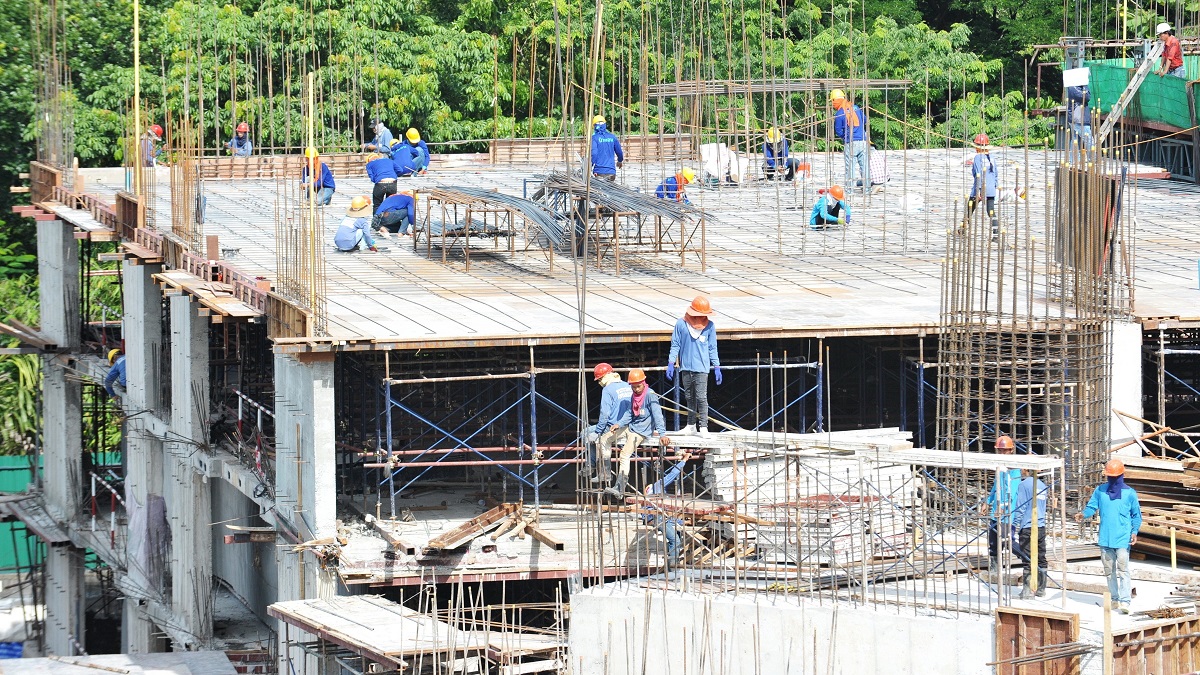A new UNCTAD report shows FDI flows to the Global South dropped to $841 billion in a global context of weak investment and economic uncertainty.
© Shutterstock/1000 Words | Bangkok, Thailand. Foreign direct investment is an important source of capital for infrastructure projects.
Foreign direct investment (FDI) flows to developing countries fell by 9% to $841 billion in 2023, according to UNCTAD’s latest Global Investment Trends Monitor, published on 17 January.
Developing countries in Asia felt the brunt of the decline, registering a 12% drop, while flows to Africa and Latin America and the Caribbean remained more or less stable.
The decrease in FDI to developing regions last year occurred in a global context of weak investment and economic uncertainty.
Although flows worldwide defied earlier expectations and grew by a marginal 3% in 2023 to an estimated $1.37 trillion, “the headline increase was due largely to higher values in a few European ‘conduit’ economies,” the report says.
Strikingly, when these conduit economies are excluded, global FDI flows show a steep 18% decline in 2023.
Developing Asia sees a sharp decline in FDI
In 2023, some major developing economies in Asia saw significant declines in FDI inflows but remained attractive destinations for greenfield projects – when a parent company starts a venture in a foreign country by constructing new operational facilities from the ground up.
China reported a rare 6% decrease in FDI inflows but saw 8% growth in new greenfield project announcements.
Similarly, India saw a 47% drop in FDI inflows but remained among the top five global destinations for greenfield projects.
FDI Flows to members of the Association of Southeast Asian Nations (ASEAN), normally an engine of FDI growth, declined by 16%. Yet the group remained attractive for manufacturing investments with a remarkable 37% increase in greenfield project announcements in nations like Viet Nam, Thailand, Indonesia, Malaysia, the Philippines and Cambodia.
In West Asia, FDI remained stable at 2% buoyed by sustained investments in the United Arab Emirates, which saw greenfield announcements rise by 28%, trailing only the United States, the world’s largest FDI recipient. Greenfield numbers also surged 63% in Saudi Arabia.
Flows to Africa remain flat
Africa's FDI flows remained nearly unchanged in 2023 at an estimated $48 billion, marking a slight 1% decrease compared to the previous year.
The region saw an increase in greenfield project announcements, particularly in Morocco, Kenya and Nigeria. However, a significant one third reduction in project finance deals – higher than the global average – raises concerns for the future of infrastructure financing on the continent.
Contrasting investment trends in Latin America
The investment landscape in Latin America saw contrasting trends in 2023.
Its largest economy, Brazil, recorded a 22% decrease in FDI inflows. While the country’s greenfield project numbers remained stable, international project finance deals plummeted by 40% compared to 2022.
Meanwhile, Mexico, the region’s second-largest economy, saw a 21% increase in both FDI and greenfield project announcements, reinforcing its position as a top global recipient.
Cautious optimism amidst global uncertainties
Looking ahead, the UNCTAD report says 2024 could see a modest increase in FDI flows.
“Projections for inflation and borrowing costs in major markets indicate a stabilization of financing conditions for international investment deals,” it says.
But the report warns of significant risks, including geopolitical tensions, high debt levels in numerous countries and the threat of further global economic segmentation, all of which cast a shadow over the global investment landscape.

